Year 4
The science inquiry skills and science as a human endeavour strands are described across a two-year band. In their planning, schools and teachers refer to the expectations outlined in the achievement standard and also to the content of the science understanding strand for the relevant year level to ensure that these two strands are addressed over the two-year period. The three strands of the curriculum are interrelated and their content is taught in an integrated way. The order and detail in which the content descriptions are organised into teaching and learning programs are decisions to be made by the teacher.
Incorporating the key ideas of science
Over Years 3 to 6, students develop their understanding of a range of systems operating at different time and geographic scales.
In Year 4, students broaden their understanding of classification and form and function through an exploration of the properties of natural and processed materials. They learn that forces include non-contact forces and begin to appreciate that some interactions result from phenomena that can't be seen with the naked eye. They begin to appreciate that current systems, such as Earth's surface, have characteristics that have resulted from past changes and that living things form part of systems. They understand that some systems change in predictable ways, such as through cycles. They apply their knowledge to make predictions based on interactions within systems, including those involving the actions of humans.
(source: www.australiancurriculum.edu.au)
Achievement Standard
By the end of Year 4, students apply the observable properties of materials to explain how objects and materials can be used. They describe how contact and non-contact forces affect interactions between objects. They discuss how natural processes and human activity cause changes to Earth’s surface. They describe relationships that assist the survival of living things and sequence key stages in the life cycle of a plant or animal. They identify when science is used to understand the effect of their actions.
Students follow instructions to identify investigable questions about familiar contexts and make predictions based on prior knowledge. They describe ways to conduct investigations and safely use equipment to make and record observations with accuracy. They use provided tables and column graphs to organise data and identify patterns. Students suggest explanations for observations and compare their findings with their predictions. They suggest reasons why a test was fair or not. They use formal and informal ways to communicate their observations and findings.
(source: www.australiancurriculum.edu.au)
- Plus Plan
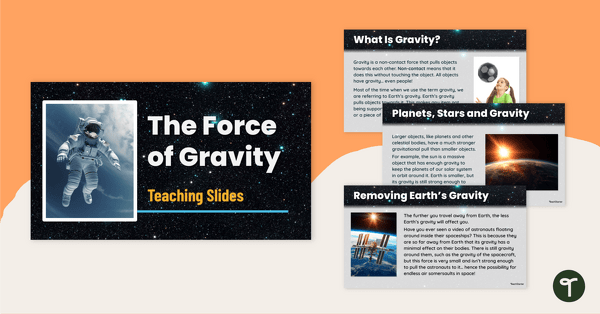
The Force of Gravity Teaching Slides
Teach your students facts about gravity with this comprehensive and age-appropriate teaching presentation for primary school science lessons.
- Free Plan
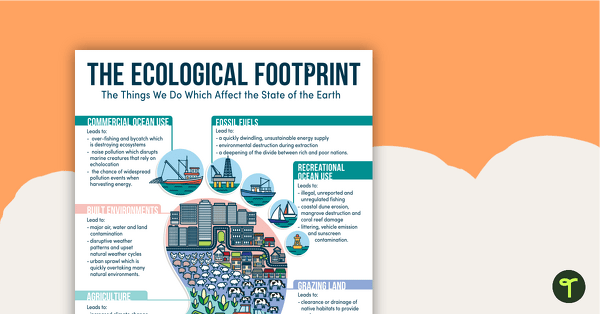
My Ecological Footprint - Reference Sheet
Teach your students about the things we do that affect the Earth with an ecological footprint reference sheet.
- Plus Plan
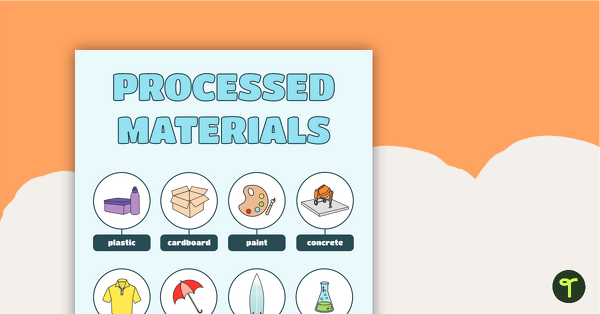
Processed Materials Poster
A poster displaying different processed materials and explaining what processed materials are.
- Plus Plan
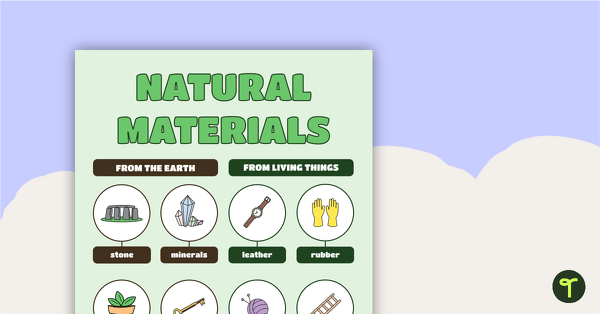
Natural Materials Poster
A poster displaying different natural materials and explaining what natural materials are.
- Plus Plan
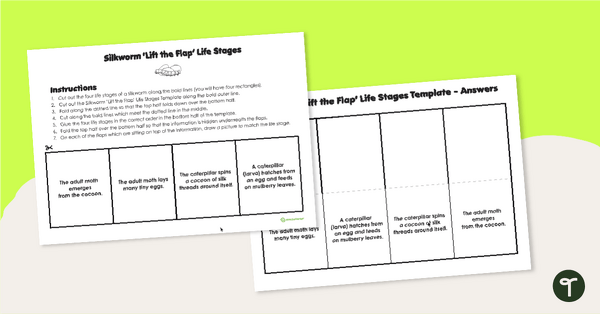
Silkworm 'Lift the Flap' Life Stages Template
Sequence the life cycle of a silkworm with a lift-the-flap worksheet template.
- Plus Plan
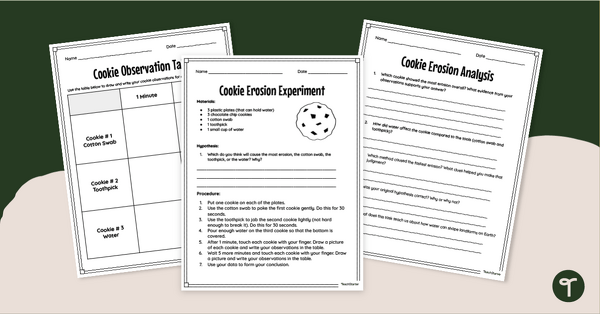
Cookie Erosion Experiment
Discover the effects of water erosion with a printable Cookie Erosion Experiment for kids!
- Plus Plan
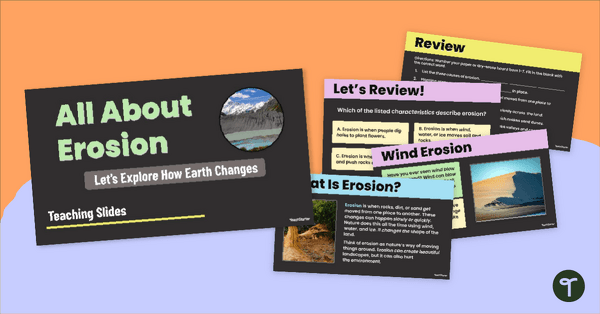
Erosion PowerPoint
Use this Erosion PowerPoint to teach your upper primary students about the way erosion changes the Earth’s surface.
- Plus Plan
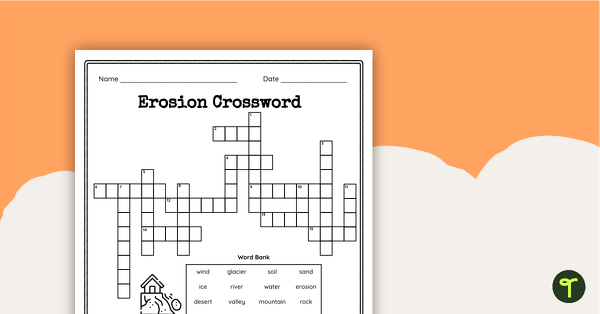
Erosion Crossword Puzzle
Review vocabulary related to erosion with a printable Erosion Crossword Puzzle and answer key.
- Plus Plan
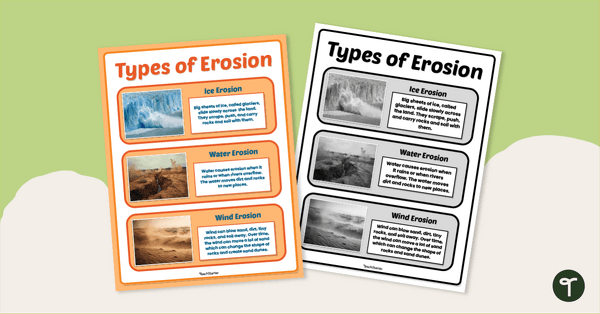
Soil Erosion Poster
Discover how wind, water, and ice change the Earth’s surface with a printable Soil Erosion Poster.
- Plus Plan

Animals That Live in Groups - Behavioural Adaptations Worksheet Pack
Explore how animals that live in groups with a printable Behavioural Adaptations Worksheet pack.
- Plus Plan
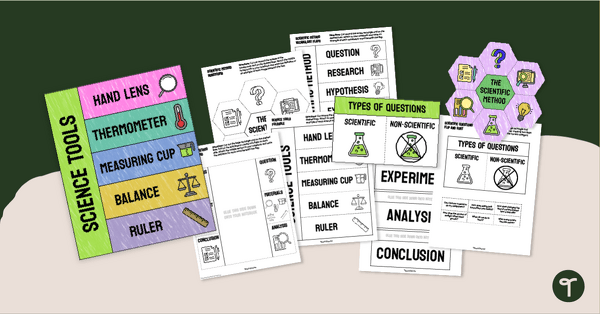
Scientific Method Graphic Organiser Templates - Foldables
Use a foldable Scientific Method Graphic Organiser to help your students organise their learning about the scientific process.
- Plus Plan
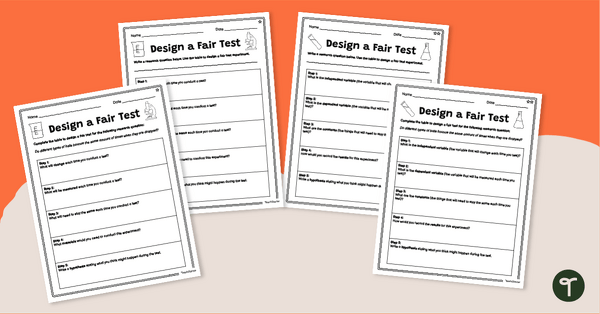
Fair Testing in Science - Differentiated Experimental Design Worksheets
Use a differentiated experimental design worksheet to introduce your students to the concept of fair testing in science.
- Plus Plan
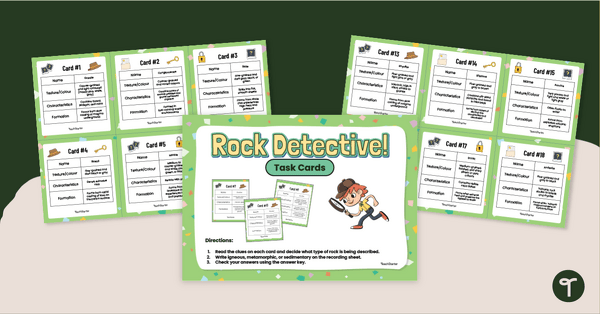
Rock Detective Task Cards - Classifying Types of Rocks
Practise classifying rocks based on their properties with a set of printable Rock Detective Task Cards.
- Plus Plan
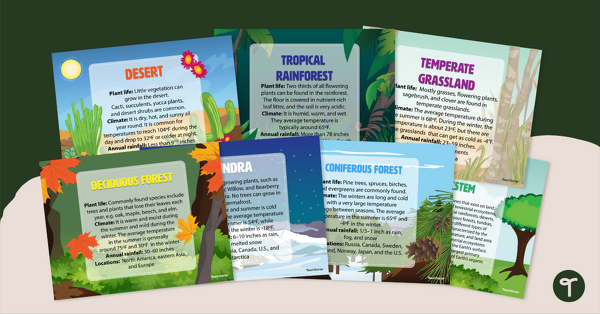
Ecosystem Poster Pack
Introduce your students to the different types of ecosystems with a set of printable Ecosystem posters.
- Plus Plan
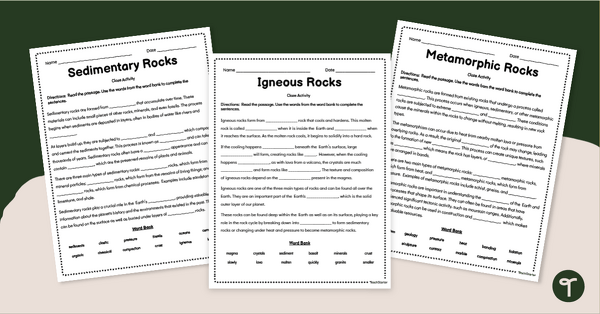
3 Types of Rocks - Science Cloze Passage Worksheets
Use a cloze passage to increase your students’ understanding of the three rock types - sedimentary, metamorphic and igneous.
- Plus Plan
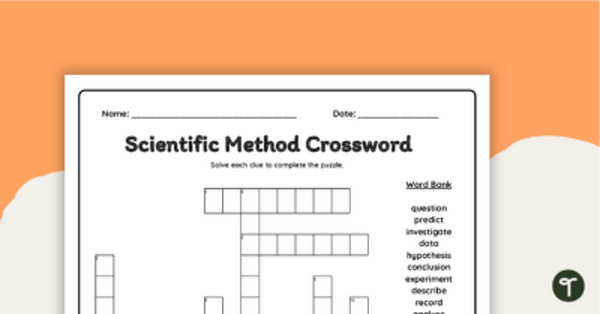
Scientific Method Crossword Puzzle
Use a Scientific Method crossword puzzle to review key vocabulary words surrounding science inquiry.
- Plus Plan

R.E.R.U.N. - Writing a Scientific Conclusion Anchor Charts
Introduce your students to the R.E.R.U.N. method for writing a scientific conclusion with a printable poster and fact sheet.
- Free Plan
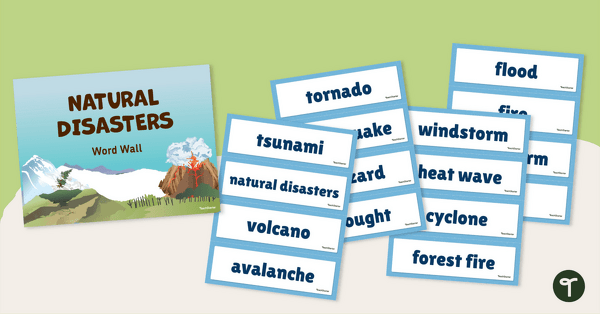
Natural Disaster Word Wall Vocabulary
Use this teacher-created resource to explore natural disaster vocabulary with your primary school students.
- Plus Plan
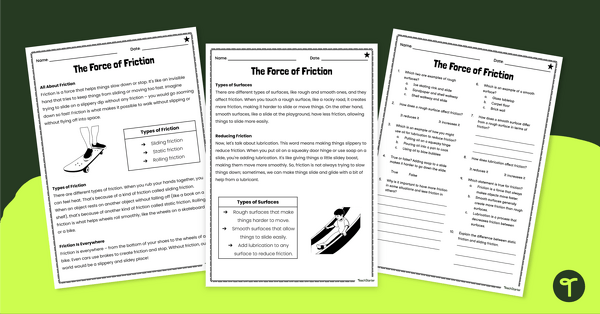
The Force of Friction Comprehension Worksheets
Download this friction worksheet to teach your Year 4 students about the force of friction and its impact on our daily lives.
- Free Plan
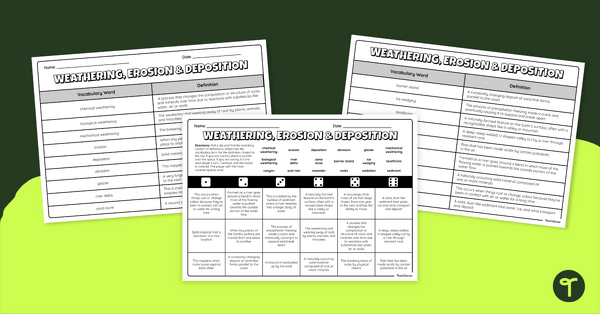
Weathering vs. Erosion vs. Deposition Vocabulary Game
Guide your students to review weathering, erosion and deposition vocabulary words with this free dice game.
- Plus Plan
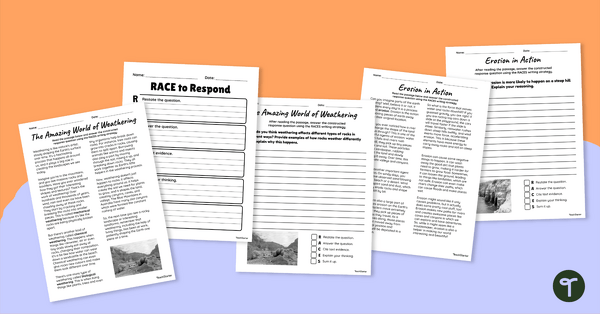
Weathering and Erosion – RACES Writing Strategy Worksheets
Combine reading, writing and science with two worksheets about weathering and erosion using the RACES writing strategy for text evidence.
- Plus Plan
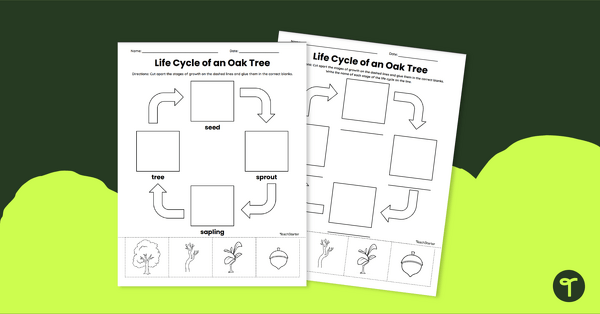
Life Cycle of an Oak Tree Worksheet
Sequence the life cycle of an oak tree with this cut-and-paste worksheet.
- Plus Plan
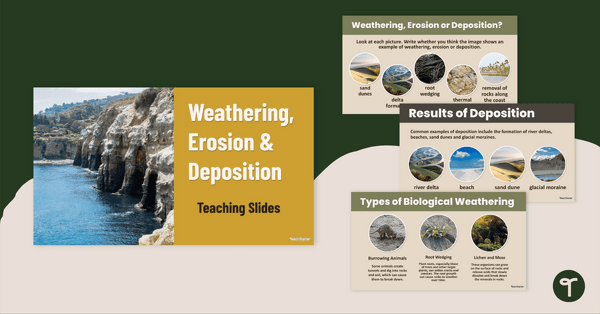
Weathering, Erosion and Deposition – Teaching Slides
Learn about the different types of weathering, effects of erosion, results of deposition and more with this set of teaching slides.
- Plus Plan
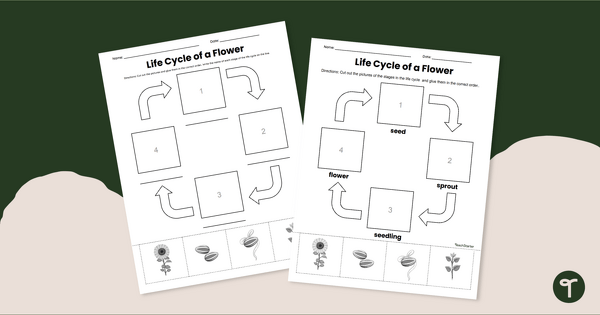
Life Cycle of a Flower Worksheet
Model the stages in the flower life cycle with a cut-and-paste worksheet.
- Plus Plan
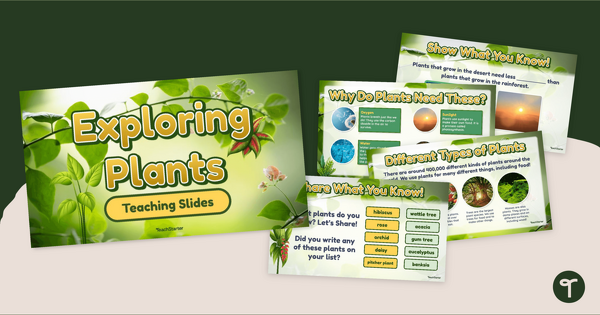
Exploring Plants PowerPoint
Explore the characteristics of plants in our environment with an interactive teaching slide presentation.
- Plus Plan
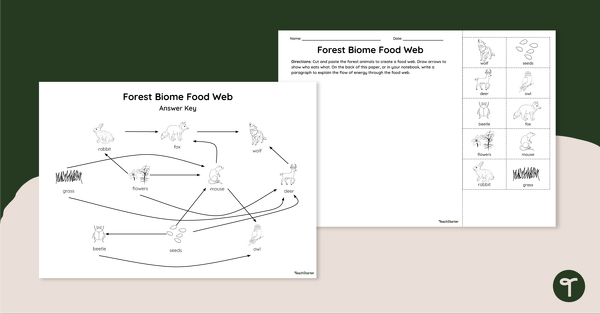
Forest Food Web Worksheet
Challenge students to create a food web and explain how energy flows between organisms with this cut-and-paste worksheet.
- Plus Plan
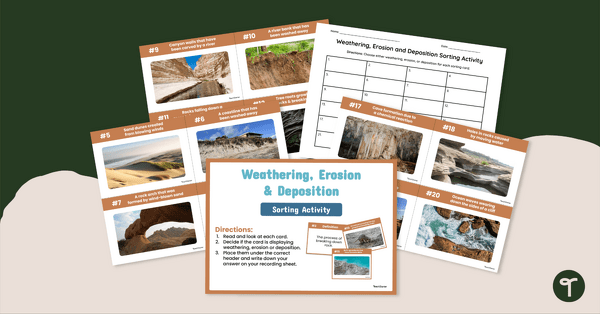
Weathering, Erosion and Deposition – Sorting Activity
Categorise examples of deposition, weathering and erosion with this 24-card sorting activity.
- Plus Plan
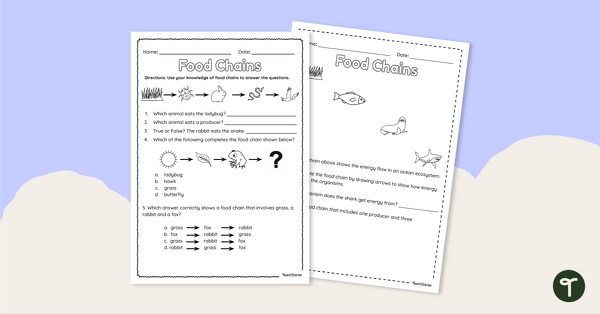
Food Chains Worksheet
Use this food chain worksheet to identify and describe the flow of energy in a food chain.
- Plus Plan
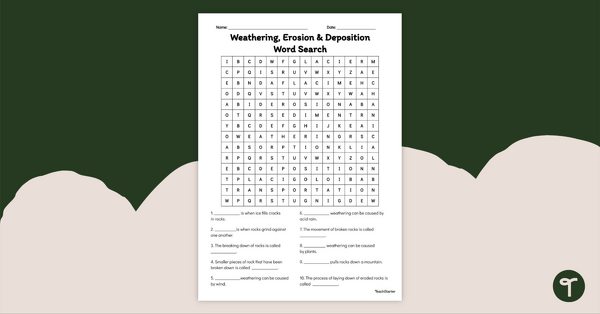
Weathering, Erosion and Deposition – Word Search
Strengthen your students' understanding of weathering, erosion and deposition terms with a vocabulary word search.
- Plus Plan
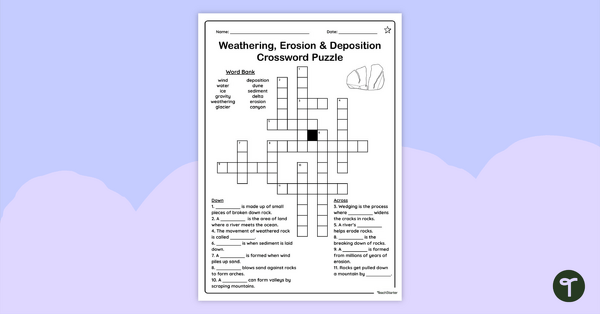
Weathering, Erosion and Deposition – Crossword Puzzle
Review science vocabulary terms associated with weathering, erosion and deposition with a crossword puzzle.
- Plus Plan
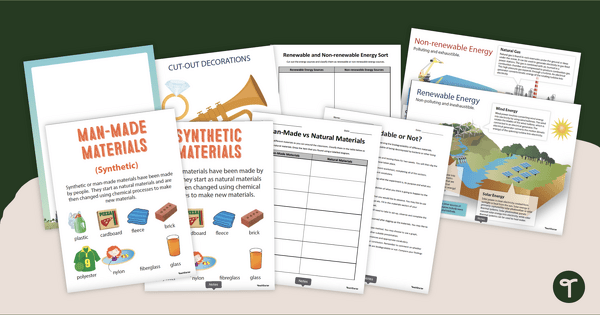
Material World Resource Pack
Learn about natural and manmade materials with a printable resource pack.
- Plus Plan
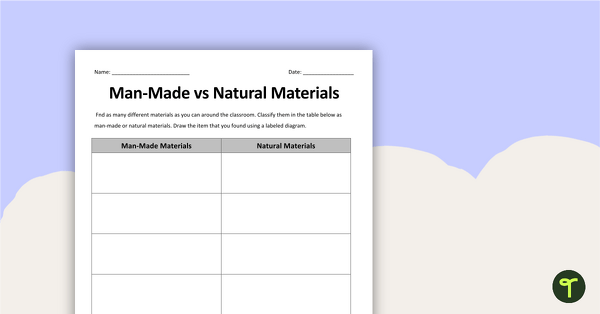
Man-Made vs Natural Materials Worksheet
Identify man-made and natural materials in the classroom with a gallery walk organiser.